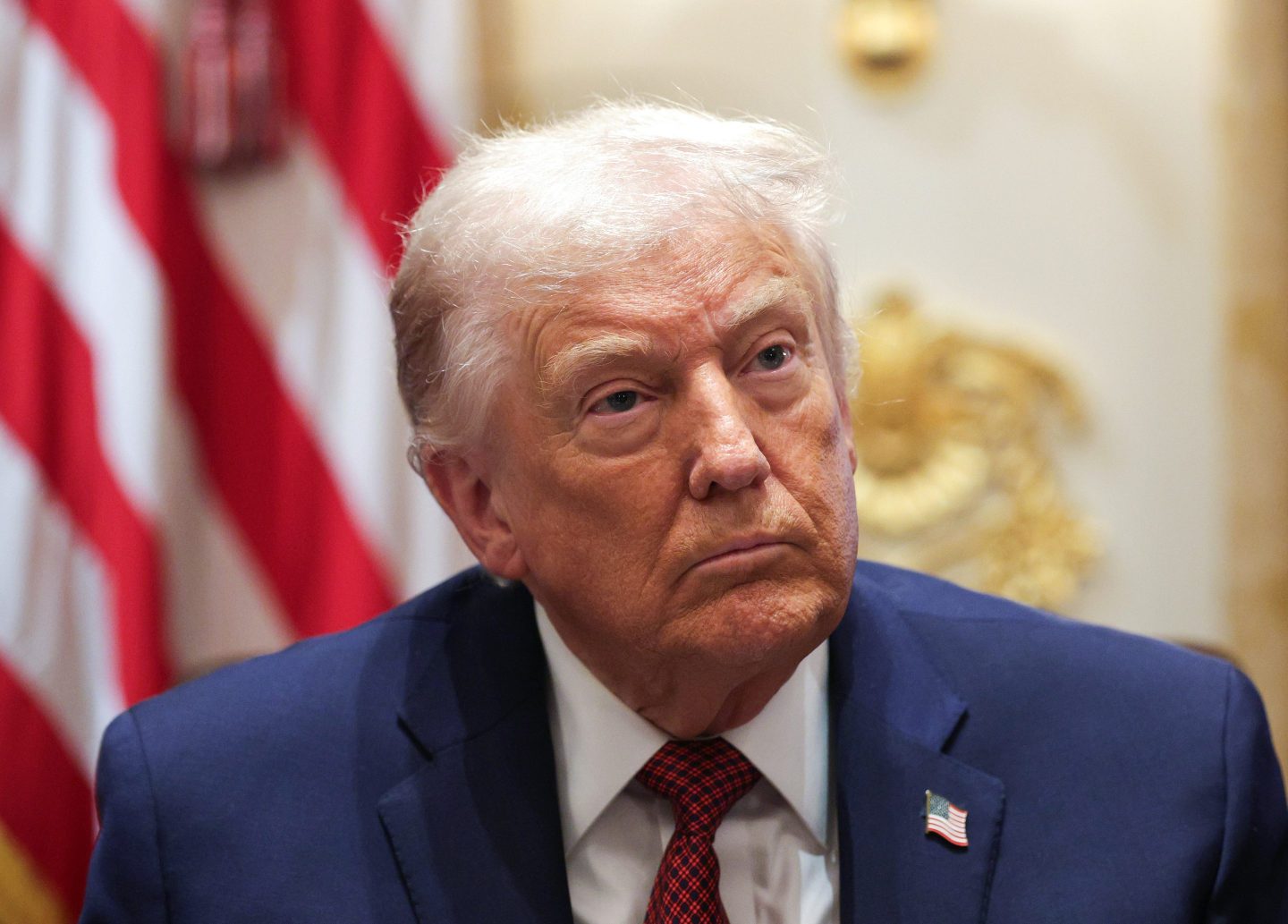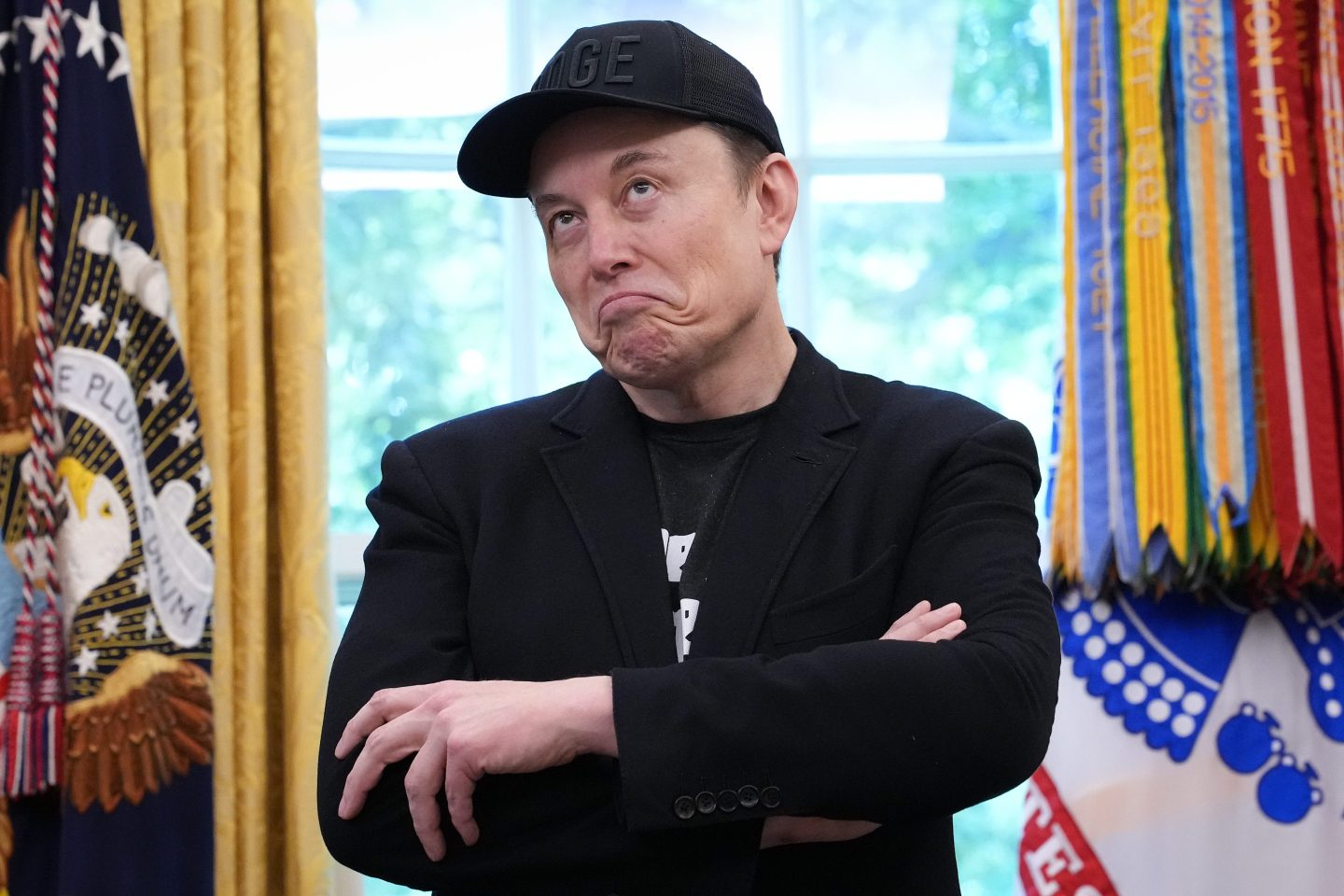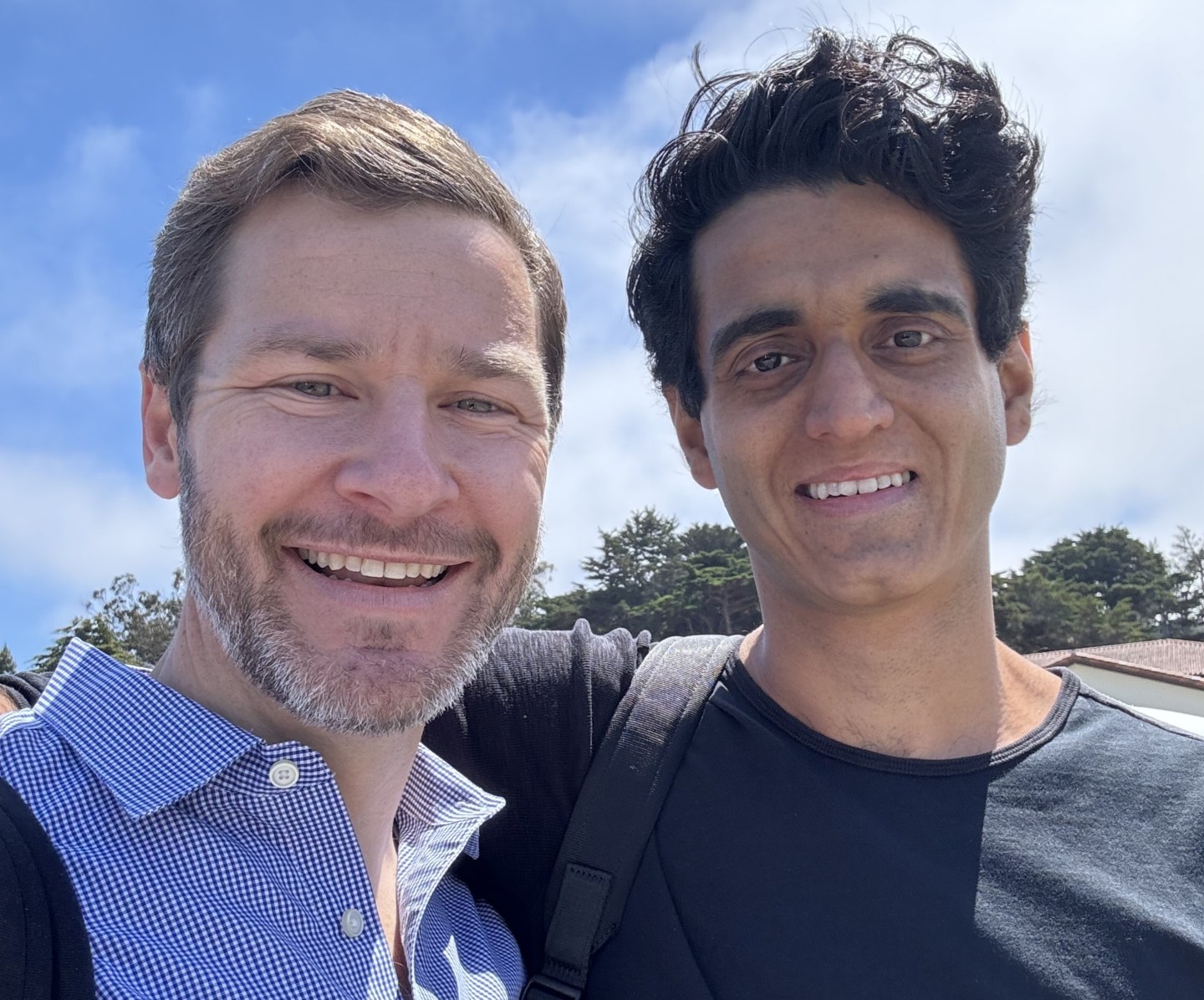Good morning. Many treasury professionals are still managing cash, liquidity, and financial risks without a technology upgrade.
TD Bank recently surveyed 246 treasury professionals at the Association for Financial Professionals’ 2025 conference in Boston and found that 80% still rely on manual or fragmented systems, which rank at the top of their list of biggest challenges, along with macroeconomic uncertainty and market volatility.
Three-fourths said digital cash flow visibility and liquidity management solutions have revolutionized their growth strategies, but adoption remains low, according to the findings. Reasons include teams’ loyalty to manual processes and the continued difficulty of securing funding for growth. The survey also showed that organizations that invest in treasury capabilities have the greatest impact on managing cash flow in real time.
The treasury function is continuing to evolve. It will be defined not only by operational control but also by its ability to shape financial strategy and proactively guide the company through uncertainty, according to PwC. Treasurers who build digital capabilities, sophisticated risk management, and cross-functional collaboration into their operating model will lead this evolution and become true strategic value creators, the research finds.
Tom Gregory, head of treasury management, merchant and government banking at TD Bank, told me that treasury management trends are no longer following a linear path; they are accelerating exponentially. Here’s Gregory’s take on the four key areas of focus for treasury professionals in 2026:
— As treasury professionals advance digitization, embedded banking, and automation, some will move directly to agentic AI for cash management, payments, accounting, and decision support.
— Fraud continues to be a significant and rapidly evolving threat within the treasury and broader financial services industry. As organizations process increasingly higher volumes of transactions across multiple channels, the complexity and frequency of fraudulent schemes such as social engineering, spoofing, business email compromise, payment diversion, and cyberattacks have grown substantially. Employees are often the first line of defense, so control reviews, stronger authentication practices, and reinforcing the “human firewall” will be critical to protecting organizations from fraudulent attacks.
— Despite rapid change, relationship banking will continue to shape how treasury services are delivered and experienced. Now more than ever, treasury teams and bankers recognize the importance of collaboration in today’s dynamic and challenging environment.
— To drive sustainable growth, treasury teams should prioritize continuous learning, invest in advanced technologies, and foster strong cross-functional partnerships. By staying agile and proactive in risk management, teams can enhance operational resilience and deliver greater strategic value to their organizations.
For treasury leaders, it seems the real opportunity now is to move beyond manual routines and excel in strategically focused finance.
Quick note: The next CFO Daily will be in your inbox on Monday, Dec. 1. Thank you very much for your readership. Happy Thanksgiving!
Sheryl Estrada
sheryl.estrada@fortune.com
Leaderboard
Fortune 500 Power Moves
Anthony DiSilvestro was appointed CFO of Keurig Dr Pepper (KDP) (No. 284), effective immediately. DiSilvestro has more than 40 years of diversified industry experience. Most recently, he served as CFO of Mattel, Inc. Before that, he had a long career at Campbell Soup Company, rising through a series of financial leadership roles over nearly 24 years, including serving as CFO. DiSilvestro succeeds Sudhanshu Priyadarshi, who will serve as a strategic advisor to the company through April 7.
In August, KDP announced an agreement to acquire coffee seller JDE Peet’s for about $18 billion. The deal is expected to close in the first half of 2026. Afterward, KDP will split into two U.S.-listed companies: Priyadarshi will lead the coffee business, and current KDP CEO Tim Cofer will head the beverage business.
Every Friday morning, the weekly Fortune 500 Power Moves column tracks Fortune 500 company C-suite shifts—see the most recent edition.
More notable moves this week:
Katherine Fogertey, CFO of Shake Shack Inc. (NYSE: SHAK), will step down from the company effective March 4, 2026. Beginning immediately, Fogertey will move into a senior advisor role for a transition period. The company plans to launch a search for a new CFO. As part of this transition and CFO search, the company is establishing an Office of the CFO, composed of a tenured team of experienced leaders across financial planning, accounting, treasury, data science and investor relations.
Chuck Butler was promoted to CFO of Xerox Holdings Corporation (Nasdaq: XRX), effective Dec. 3. Butler will succeed Mirlanda Gecaj who will be departing Xerox to pursue new opportunities. Her last day will be Dec. 2. Butler will retain leadership of the Global Business Services organization. Before joining Xerox, Butler served as SVP and CFO at Lexmark, where he helped guide the company through its acquisition by Xerox in July 2025.
George Boyan, EVP and CFO, was promoted to president of Unity Bancorp, Inc. (Nasdaq: UNTY), the parent company of Unity Bank, effective Jan. 1. James Davies will succeed Boyan as CFO. Davies currently serves as SVP and controller. He brings extensive experience in financial management and strategic planning.
Big Deal
McKinsey Global Institute's new report, "Agents, robots, and us: Skill partnerships in the age of AI," finds that AI-powered agents and robots available today could technically perform about 57 % of U.S. work hours. But this doesn’t mean half of all jobs will vanish. As AI adoption advances, some human roles will shrink, others expand or shift focus, and new ones will emerge with work increasingly centered on collaboration between people and intelligent machines, according to McKinsey.
The research introduces a Skills Change Index that tracks 6,800 skills across 850 occupations, showing which skills are most exposed to automation through 2030. Combining people, agents, and robots effectively could unlock nearly $3 trillion in U.S. economic value by 2030, McKinsey estimates.
Going deeper
Bank of America’s “2025 Consumer Spending and Saving Behaviors: Holiday Spending” report finds that Black Friday remains the most popular time for holiday shopping, with 25% of consumers shopping during this sale. Among Gen Z, 41% plan to make the majority of their purchases on this day, an increase from 36% in 2024. According to Bank of America aggregated credit and debit card data, in 2024, average daily retailer spending between Black Friday and Cyber Monday was 43% higher than the average over the other days during the holiday season (November and December).
Another key finding is that 87% of all consumers plan to take advantage of discount retailers during the holiday season. More than half (54%) will shop at wholesalers, an increase from 39% in 2024. Meanwhile, outlet malls and e-commerce sites are seeing a decrease in consumers’ interest.
Overheard
“Gratitude is powerful. It shapes how we lead and live.”
—Yanela Frias, EVP and CFO of Prudential Financial, wrote Tuesday in a LinkedIn post.













